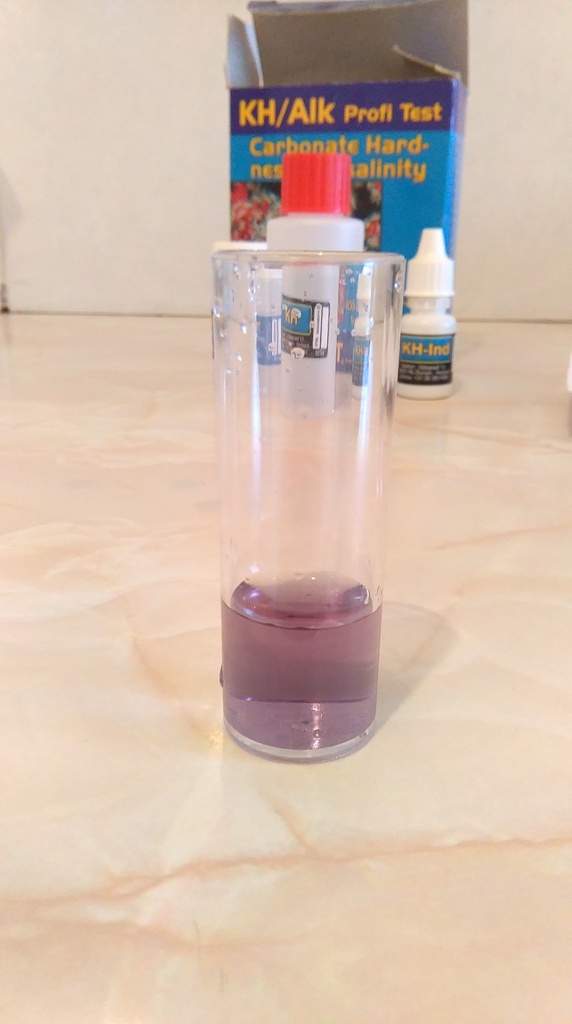Firstly a big thanks to Steve for the photo's and explanations. I moved from Birmingham to Perth, Australia some years ago and my beer has never been as good as it was back in Brum. Water has been a total science to me and something I have avoided tinkering with up until now.
I managed to track down the two Salifert kits and first tried the KH/Alk one first. Simple enough instructions but I'm buggered if I can get mine to turn pink! I go from Blue to Clear then that's it! Even had the wife checking I was doing it right. I've tried the normal dose then half dose and quarter dose but no matter how much I put in from the 1ml syringe it doesn't go pink! (nothing close to the photo's anyway!)
Tonight I went back to the Aquatic shop where I got the Salifert kit from. They couldn't get their head around why a brewer was asking about test kits in an aquatic shop but after getting them to ignore that part they still couldn't comprehend why I was testing tap water and not precious marine water.
I'm reverting to those that know to try to hopefully put me right. I'm following the instructions to the letter. It might be the crap water we have here but does the blue go straight to pink or does it go clear first and then pink? Is my clear the sign where I should take the reading?
Would appreciate any help.
Cheers





















![BREWING THERMOMETER STICKERS ACCURATELY MONITOR FERMENTING BEER & WINE LIQUID TEMPERATURES 5PCS HOME BREW SPIRITS WINE LCD ADHESIVE [US]](https://m.media-amazon.com/images/I/311DDjo2X3L._SL500_.jpg)
























